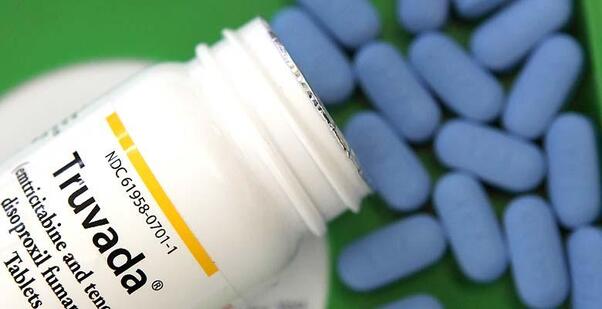
By Benjamin Ryan
On May 16, the House Committee on Oversight and Reform held a three-and-a-half hour hearing about the pricing of Truvada as pre-exposure prophylaxis (PrEP). You can watch the whole video here. The following facts about PrEP were established at the hearing:
- The current list price for a month of Truvada is $1,780.
- Medicaid as well as clinics that care for underserved populations and thus have access to 340B pricing receive about a 75 percent discount off of Truvada’s list price.
- Gilead’s donation to the Centers for Disease Control and Prevention (CDC) of enough Truvada to cover 200,000 uninsured people for 10 years will be in addition to the drug Gilead already provides to uninsured people through the company’s existing payment assistance program.
- The CDC estimates that of the 1.1 million people in the United States who are at risk of HIV and therefore good PrEP candidates, 200,000 are uninsured. So the donation would provide Truvada to all of this group should these individuals seek PrEP.
- The precise details of the donation to CDC are currently being worked out.
- Gilead will not count the list price of Truvada as a charitable tax deduction for this donation, but will count the manufacturing price. Gilead says that the claim that the manufacturing cost is only $5 per month is inaccurate, and that the true cost is higher.
- If Descovy is approved as PrEP, as it probably will be by the end of the year, the donation to the CDC will be of free Descovy rather than Truvada.
- Descovy is associated with improved biomarkers of kidney and bone health compared with Truvada when these drugs are used as PrEP. (Note that it may remain unknown whether Descovy actually provides a clinically significant benefit over Truvada by actually preventing the rare outcomes of bone fractures and kidney disease.)
- PrEP is covered by insurance, including private insurers and Medicaid.
- Ninety-eight percent of PrEP users who use the Gilead copay card—which covers out of pocket costs associated with Truvada up to $7,200 annually with no monthly limit—pay zero dollars for the drug each month.
- The first generic version of Truvada, manufactured by Teva Pharmaceuticals, will hit the market on September 30, 2020.
- This is expected to lower the cost of the drug by about 10 percent to 15 percent.
- Six months later, on March 30, 2021, multiple generic versions of Truvada will enter the market, which should reduce the cost of the drug dramatically. (Tim Horn of NASTAD, who testified at the hearing, recently estimated to me that the new cost at that point, which is 22 months from now, would be about $30 per month.)
- PrEP is predominantly used by white men who have sex with men (MSM), despite the fact that the rate of new HIV infections is much higher among black MSM in particular.
- There was a disagreement at the hearing over how many people are currently taking PrEP. Gilead estimates that just over 200,000, people are currently on Truvada for prevention. (The company has always insisted that the PrEP-use estimates it releases each quarter represent current users.) However, Rochelle Walensky, MD, MPH, from Harvard insisted that this figure represented people who have ever taken PrEP.
- It is, in my opinion, very difficult to determine who is correct in this dispute, since Gilead does not release the data behind its estimates. Also, when academics estimate PrEP use figures, their own estimates come out on a considerable delay. So they do not provide an estimate of current users, but of those using PrEP a year or more previously.
- Note that there is no specific prescribing code that differentiates Truvada’s use as PrEP from its use as treatment, which is why figuring out how many people are on the drug for prevention is so difficult and requires a certain amount estimating. Once multiple generics enter the market, such estimates will likely become even harder to conduct.
- The major global PrEP trials that proved its efficacy were largely funded by the National Institutes of Health, the Bill & Melinda Gates Foundation and the CDC.
- Gilead scientists were essentially uninvolved in the iPrEx study that was published in 2010 and which first proved PrEP’s efficacy among MSM.
- The New England Journal of Medicine paper, in fact, says the following: “Gilead Sciences donated both [Truvada] and placebo tablets and provided travel-related support for meetings conducted by non-Gilead investigators. The role of Gilead Sciences in the development of the protocol was limited to sections regarding the handling of the study drugs. Neither Gilead Sciences nor any of its employees had a role in the accrual or analysis of the data or in the preparation of the manuscript. [The National Institute of Health's Division of Acquired Immunodeficiency Syndrome (DAIDS)] agreed to give Gilead 30 days to comment on the manuscript, but there was no agreement to accept suggestions.”
- A Yale Law School study, admitted into the record, found that the CDC holds the patents to Truvada's use as PrEP. Gilead claims those patents are invalid.
- And finally, a personal observation: It's amazing that we've come so far in the United States that Congress can hold a three-and-a-half hour hearing that is largely about preventing the spread of HIV through condomless anal sex between men, and not one person says anything even the slightest bit homophobic or sex negative. Instead, while many people in the room disagreed with one another over matters of policy and capitalism, all clearly agreed that promoting the use of Truvada as prevention is a worthy goal.
- To quote Tim Horn: "We're all in this together."
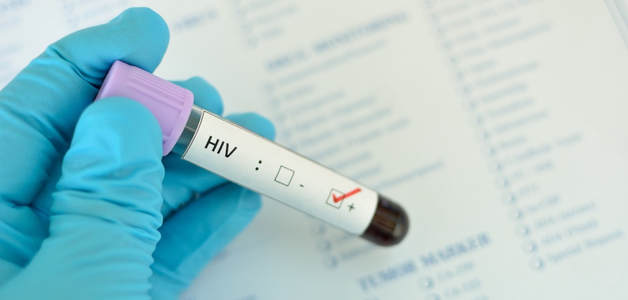
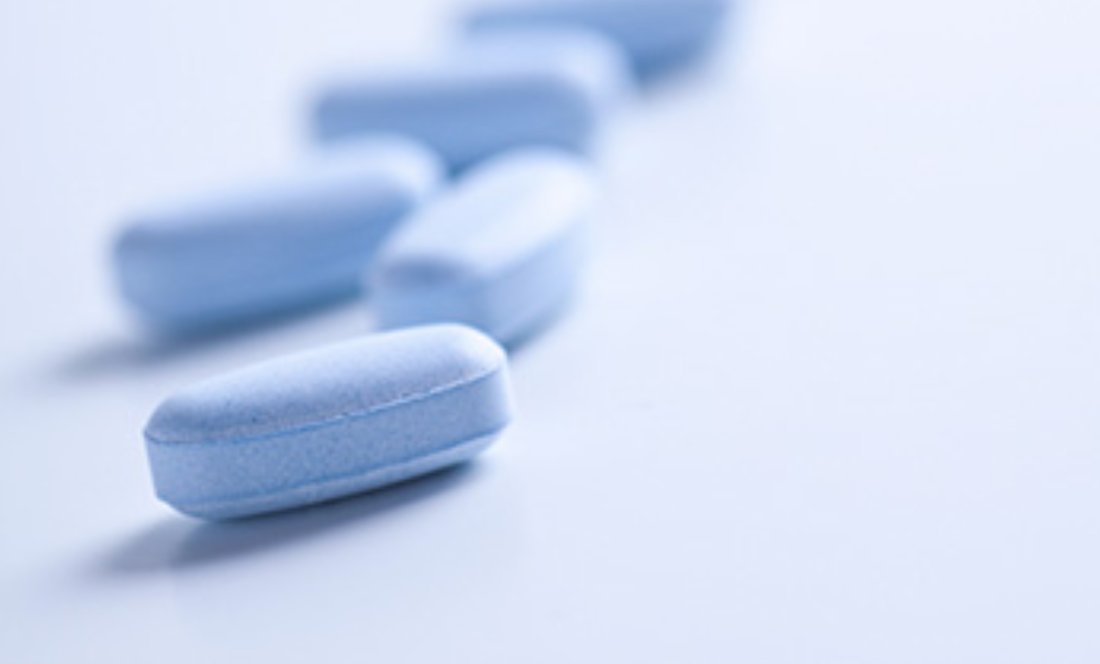
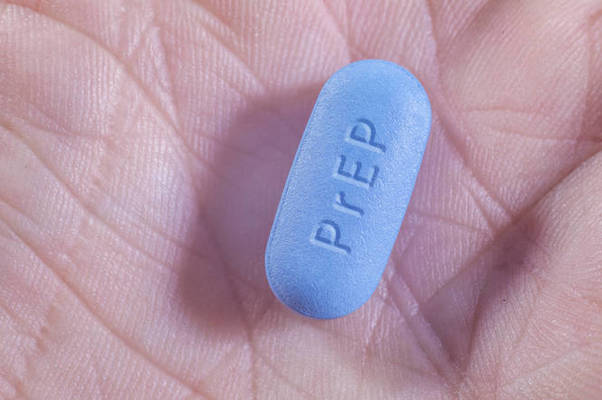

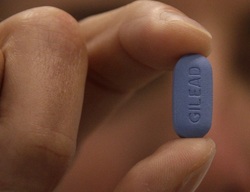
 RSS Feed
RSS Feed